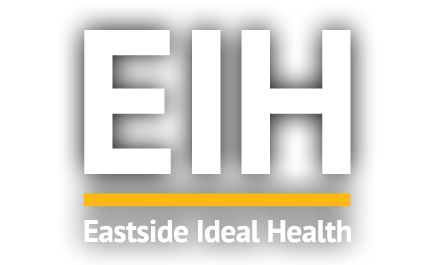Are you an office worker who spends long hours sitting at a desk? If so, you may be all too familiar with the aches and pains that can come from being sedentary for extended periods of time. Luckily, there are steps you can take to manage and alleviate this discomfort. In this article, we will provide you with some helpful pain management tips specifically tailored for office workers.
Ergonomics: The Foundation of Pain Management
One of the key factors that contribute to office-related pain is poor ergonomics. Ergonomics refers to the design of the workspace and equipment to optimize productivity and reduce the risk of injuries and musculoskeletal disorders. Here are some crucial ergonomic considerations for office workers:
- Invest in a comfortable and supportive chair that promotes good posture. Ensure that your chair has adjustable height and lumbar support.
- Adjust your desk or work surface to the appropriate height to prevent straining your neck or wrists.
- Position your computer monitor at eye level to avoid straining your neck and keep it at a comfortable distance.
- Use a keyboard and mouse that are ergonomic and comfortable to use. Consider using a wrist pad to reduce strain on your wrists.
- Take regular breaks and stretch your muscles to prevent stiffness and promote circulation.
By prioritizing ergonomics in your workspace, you can significantly reduce the risk of developing pain and discomfort associated with long hours of sitting at a desk.
Exercise and Movement
Sedentary behavior can contribute to muscle imbalances and stiffness. Incorporating regular exercise and movement throughout your workday can help alleviate pain. Here are some exercises and activities you can try:
- Take short walking breaks, even if it’s just a quick stroll around the office or building.
- Stretch your neck, shoulders, and wrists regularly to alleviate tension and promote flexibility.
- Consider incorporating yoga or Pilates exercises into your routine to strengthen your core and improve posture.
- Use a stability ball as an alternative to a chair for short periods to engage your core and improve balance.
- Consider using a standing desk or adjustable desk converter to alternate between sitting and standing throughout the day.
Remember, any amount of movement is beneficial and can help prevent pain associated with prolonged sitting.
Stress Management
Work-related stress can contribute to physical discomfort and pain. Finding effective ways to manage stress can have a positive impact on your overall well-being and pain levels. Here are some strategies to help you manage stress:
- Practice relaxation techniques such as deep breathing exercises, meditation, or mindfulness.
- Take regular breaks to clear your mind and engage in activities that you enjoy.
- Try incorporating stress-reducing activities into your routine, such as yoga or tai chi.
- Establish a healthy work-life balance and prioritize self-care outside of work hours.
- Consider seeking professional help or counseling if work-related stress becomes overwhelming.
By effectively managing stress, you can reduce the likelihood of experiencing physical discomfort and pain associated with office work.
Professional Support
If you’re experiencing persistent or severe pain, it’s essential to seek professional support. A healthcare professional, such as a chiropractor or physical therapist, can provide expert guidance and tailored treatment options to address your specific needs. They may recommend therapies such as massage, spinal adjustments, or exercises to alleviate pain and improve your overall well-being.
If you’re looking for professional pain management services, consider reaching out to Eastside Ideal Health. They offer comprehensive pain management solutions tailored to meet the unique needs of office workers. Their experienced team can provide the support and guidance you need to overcome pain and enhance your well-being.
In conclusion, managing pain as an office worker requires a multi-faceted approach. By prioritizing ergonomics, incorporating regular exercise and movement, managing stress effectively, and seeking professional support when needed, you can significantly reduce discomfort and improve your overall well-being. Remember, it’s essential to listen to your body and make self-care a priority. By taking care of yourself, you’ll be better equipped to handle the demands of your job and enjoy a pain-free work experience.
For more information on pain management, visit Eastside Ideal Health.

